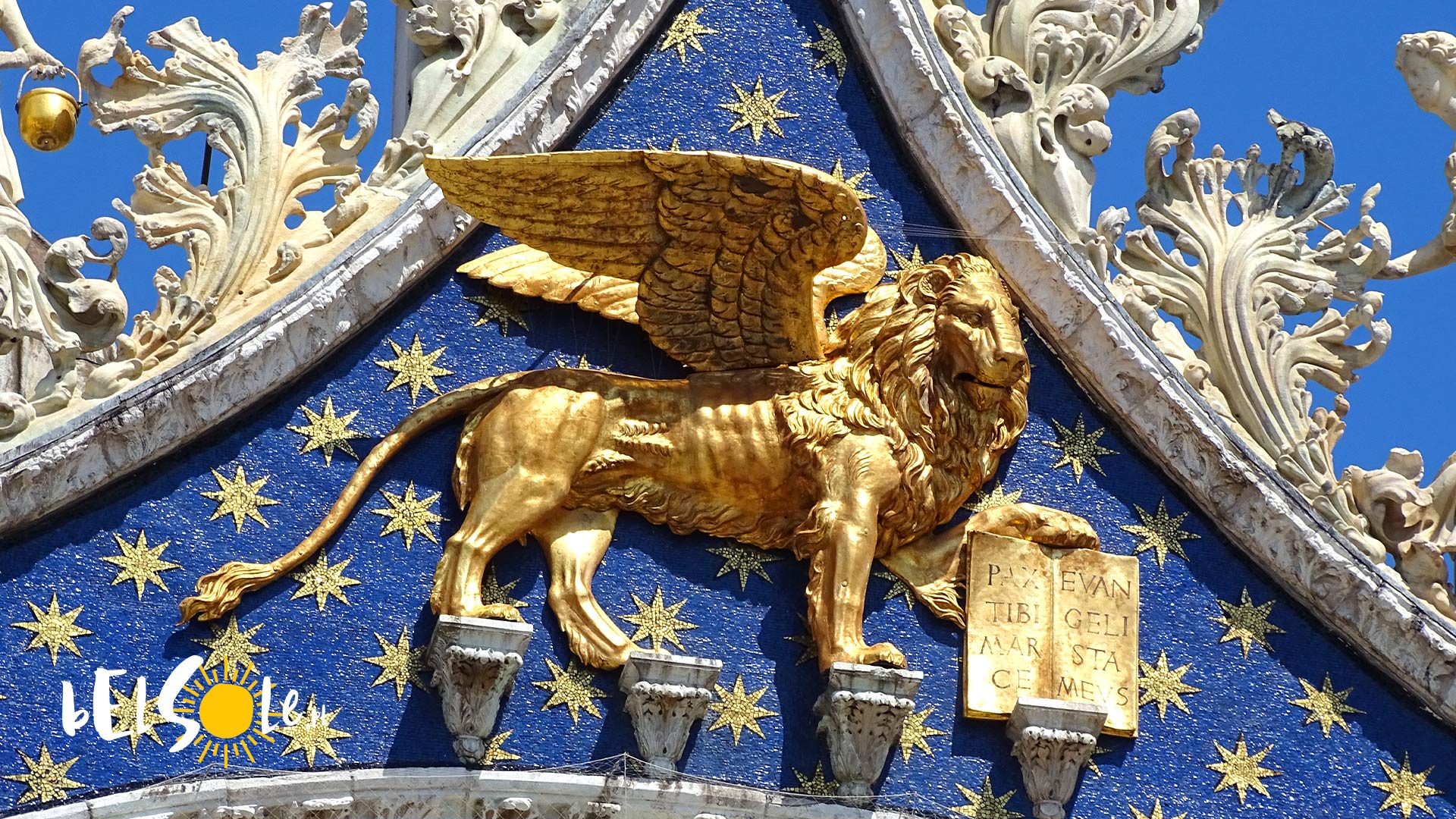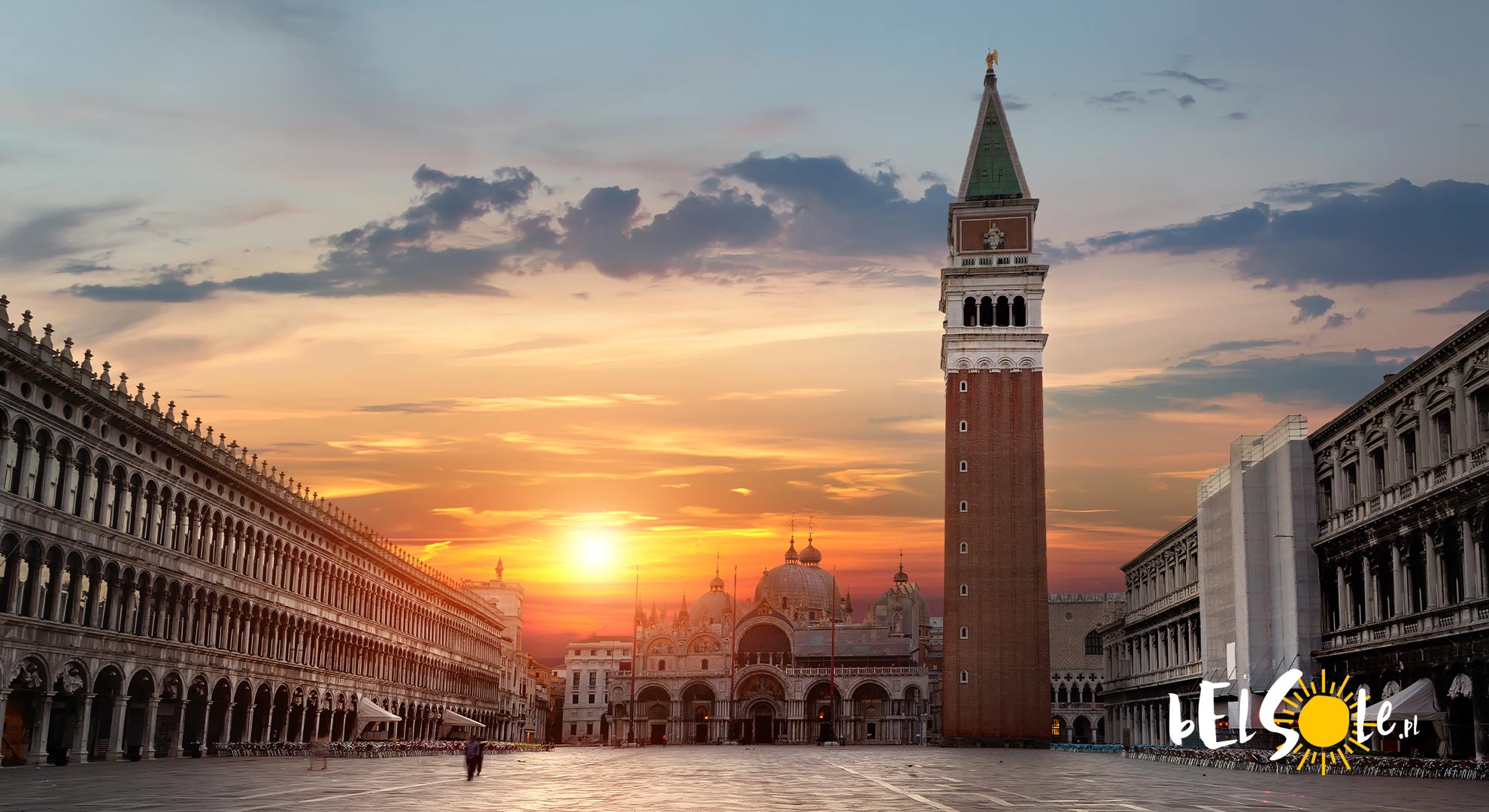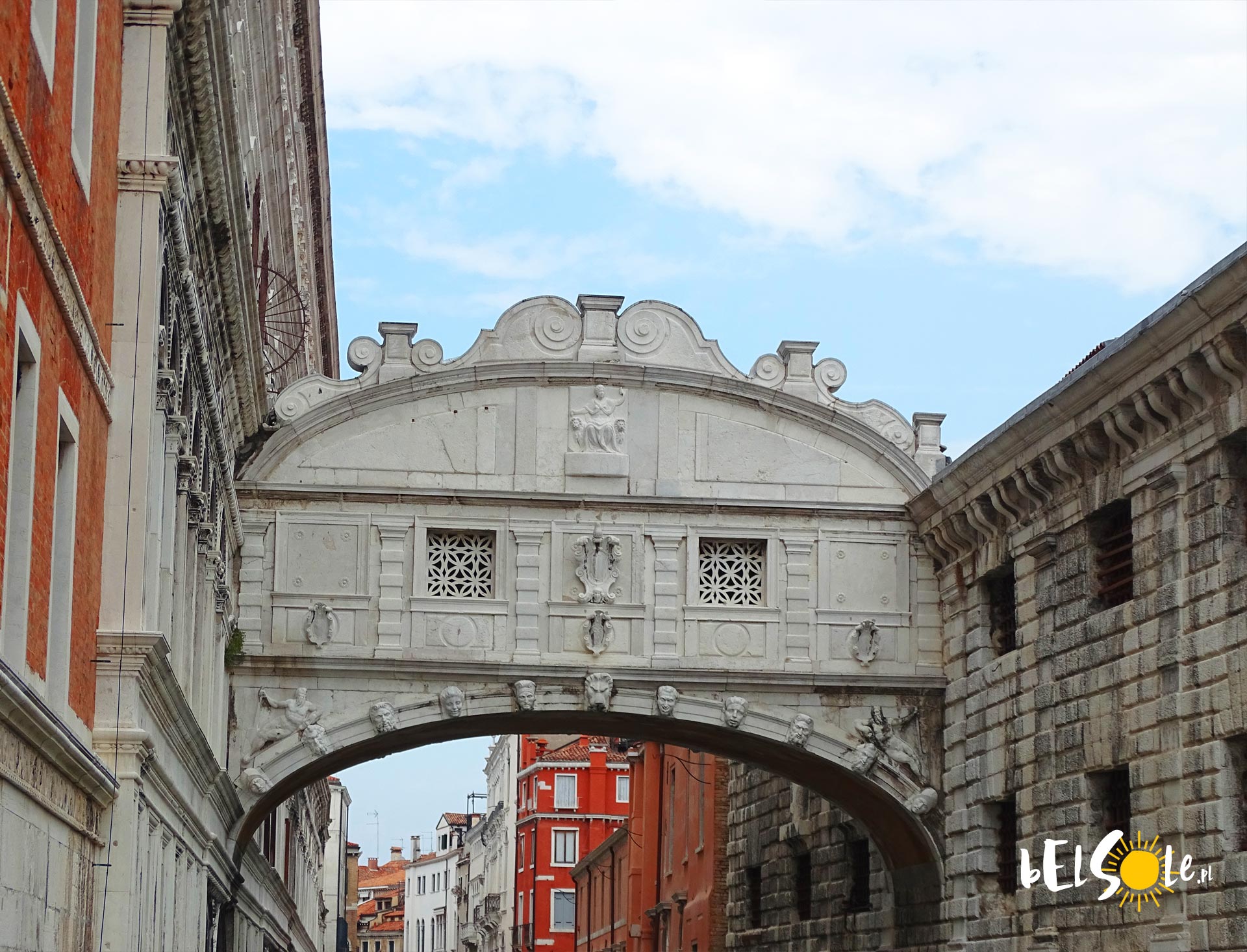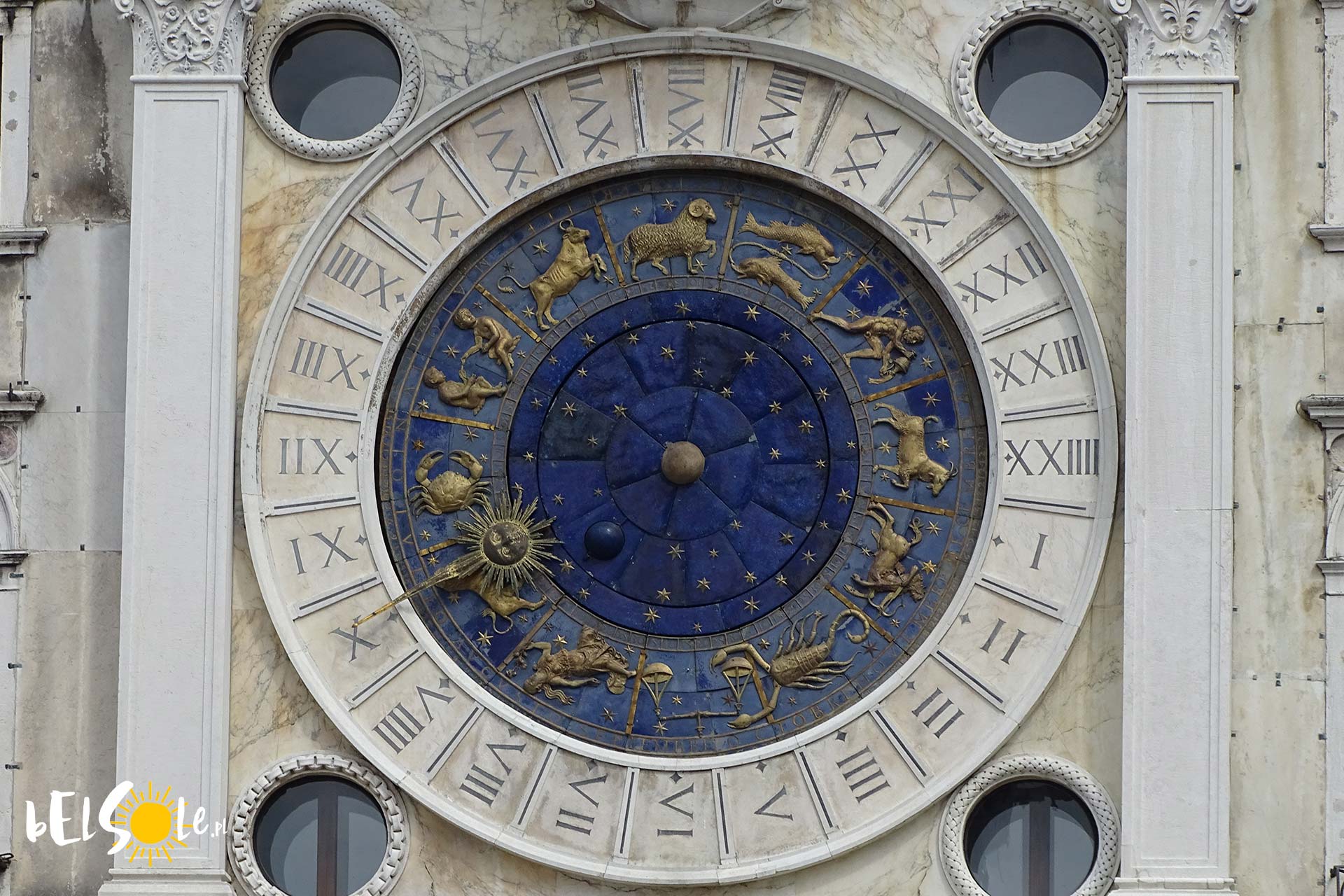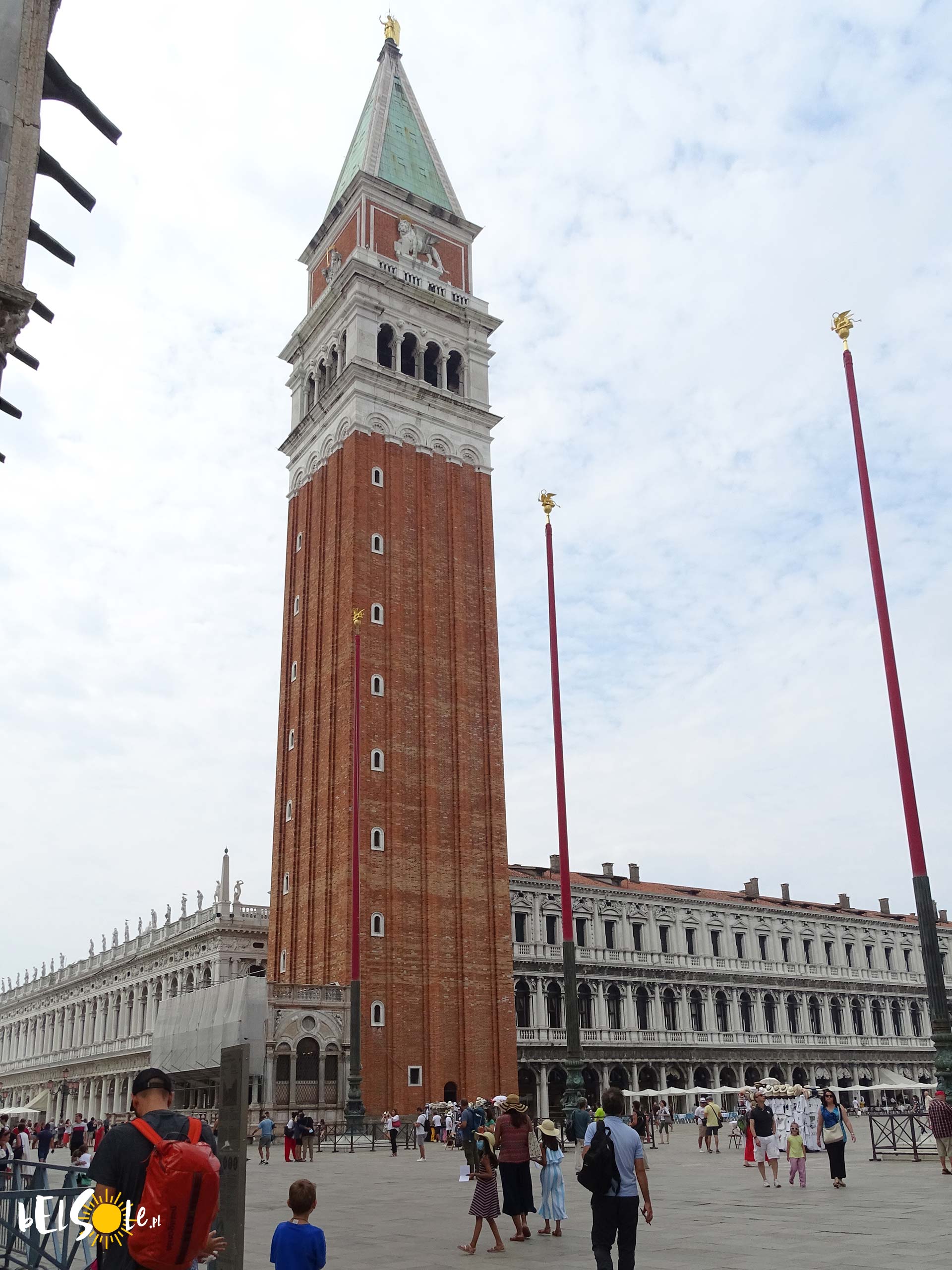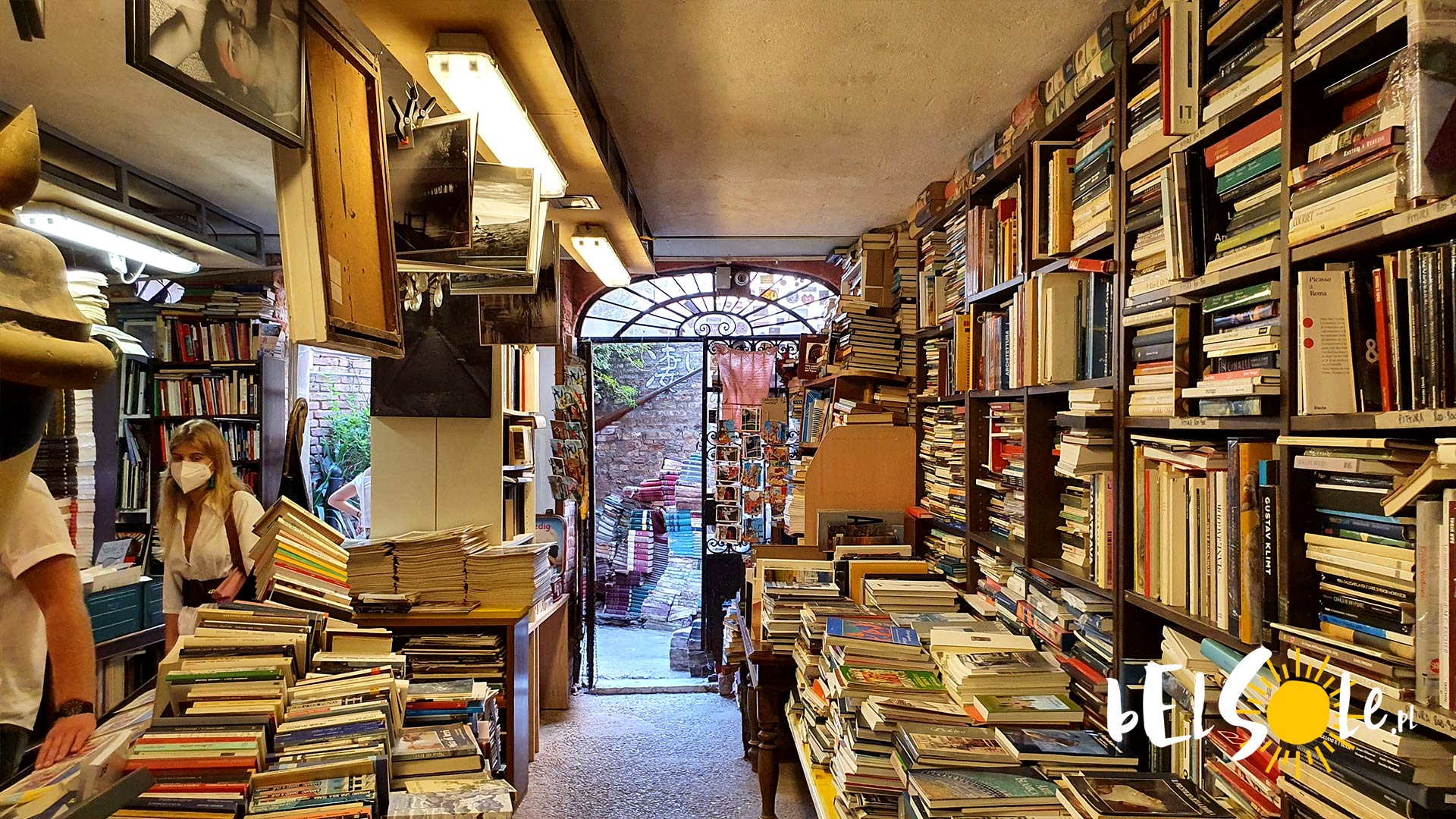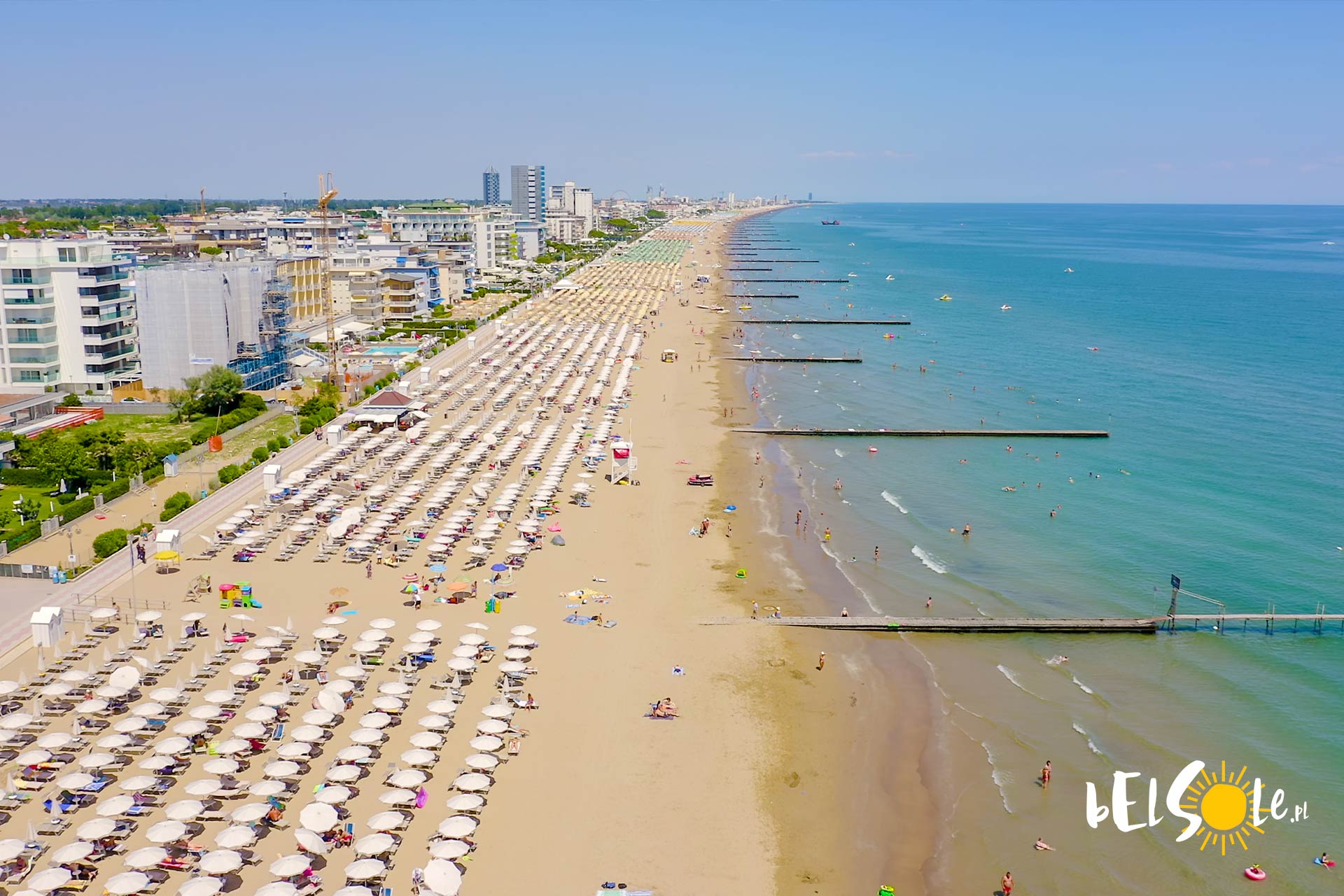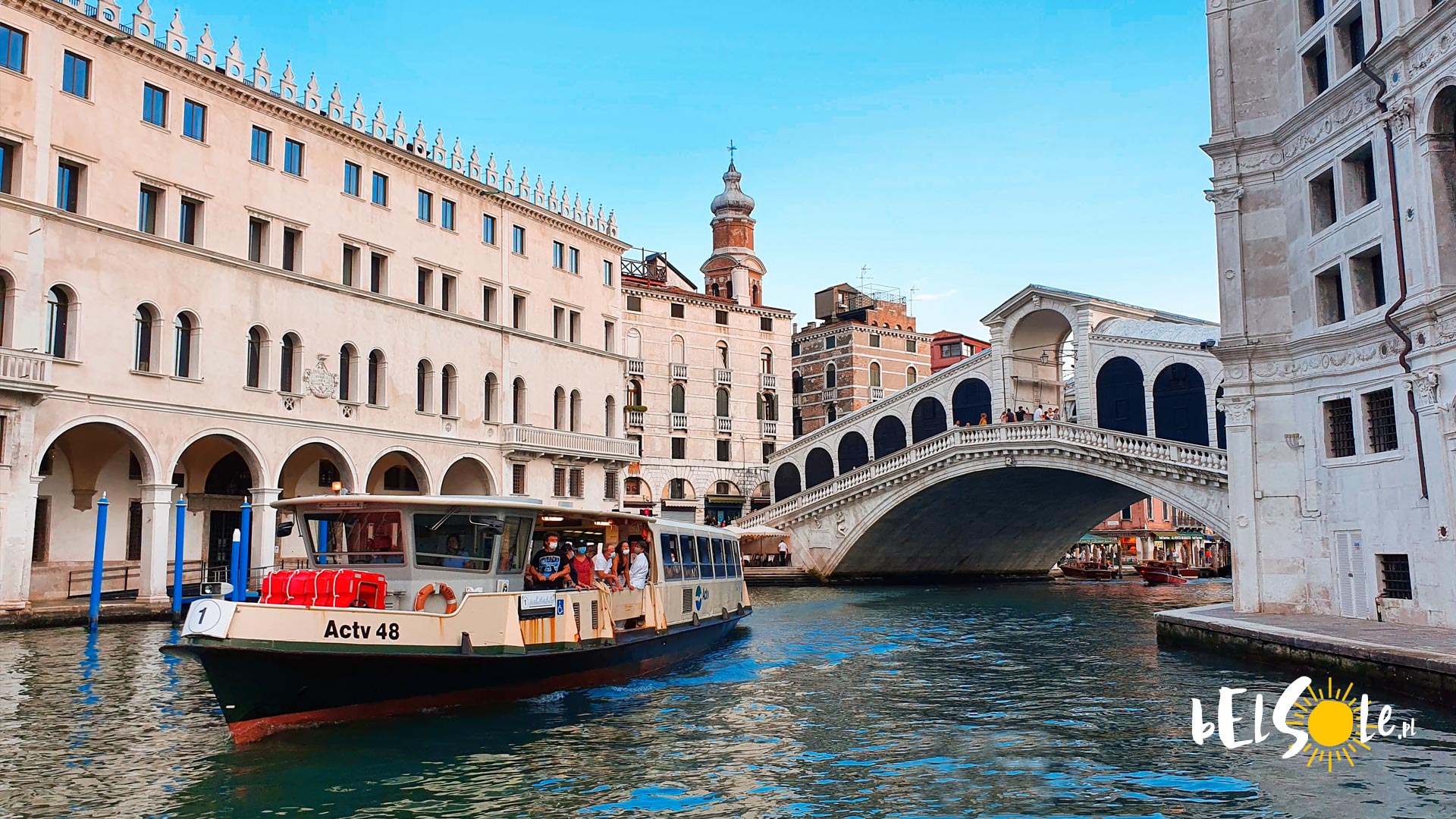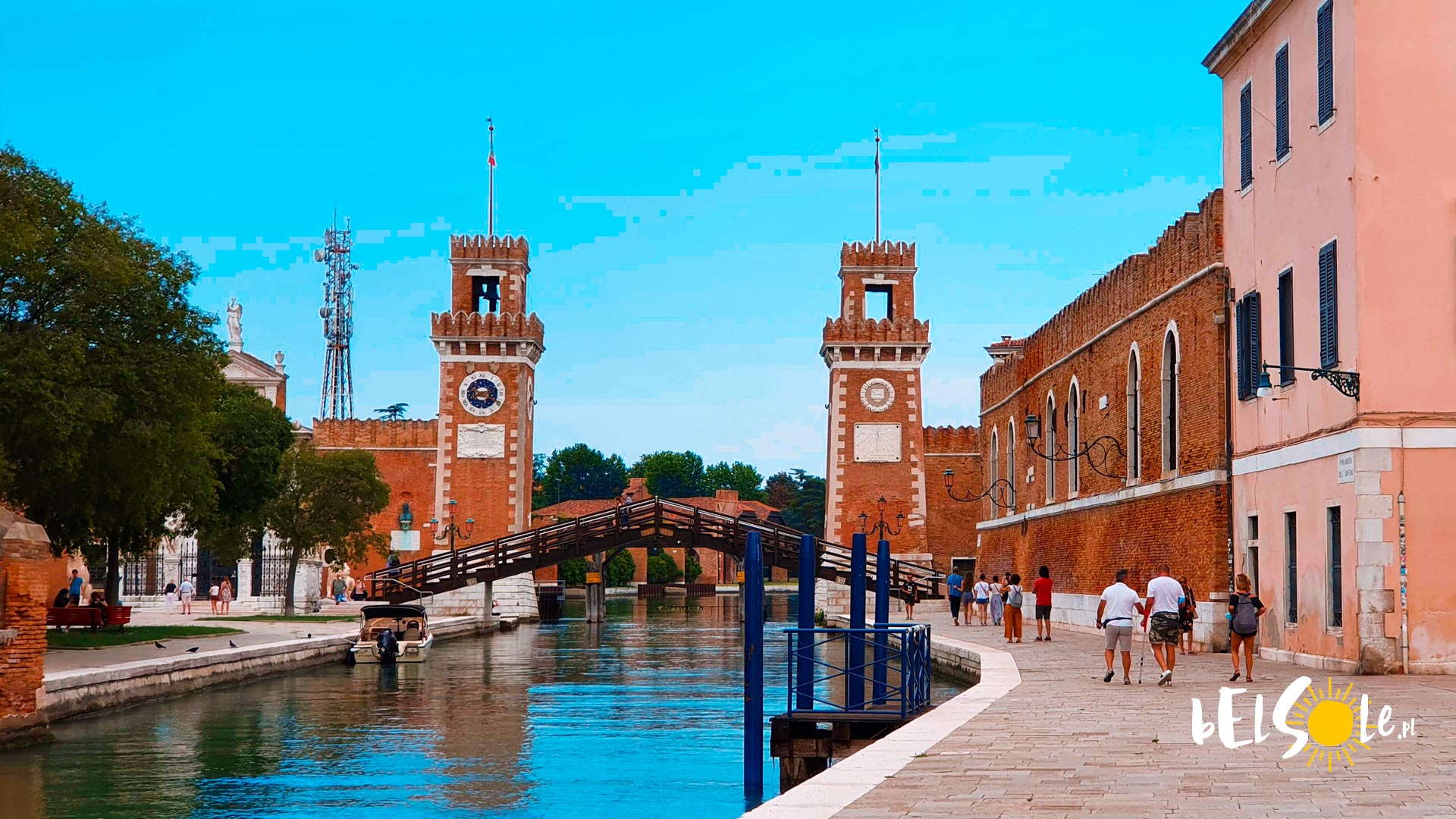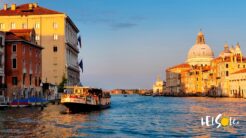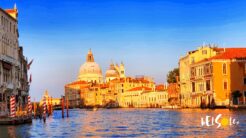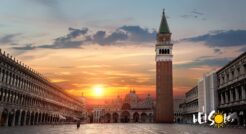You’re all likely familiar with the floating city of Venice. If you’d like to see it for yourself, then you may be wondering what to include in your itinerary beyond just the main square and the cathedral. What should you see in Venice? We’ll go over exactly that today.
Exploring Venice
Introduction
Exploring Venice will inevitably feel quite different from any other city, as you’ll have to get around either exclusively on foot or using water buses. It’ll take a moment getting used to, but it’s just as convenient once you get a hang of the routes. Don’t be surprised if you end up in a dead-end street once in a while, it happens. 🙂 Fortunately, Venice is not too large, so you can also just opt to go everywhere on foot – you can reach most of the attractions we’ll be covering today this way. Only Murano, Burano and Lido are a bit further away.
Without further ado, though, what should you see in Venice?
Bridge of Sighs
What to see in Venice?
And we don’t mean the one in Oxford or Cambridge. Ponte dei Sospiri is one of the most famous sights in Venice. The bridge was built in 1603, designed by Antonio Conino. It connects the Doge’s Palace to a prison. It’s made of white limestone and hangs over the Rio di Palazzo canal. You can see the bridge completely free of charge from the boulevards next to the Doge’s Palace. You can read more about the Bridge of Sighs here.
Doge’s Palace
A highlight of Venice
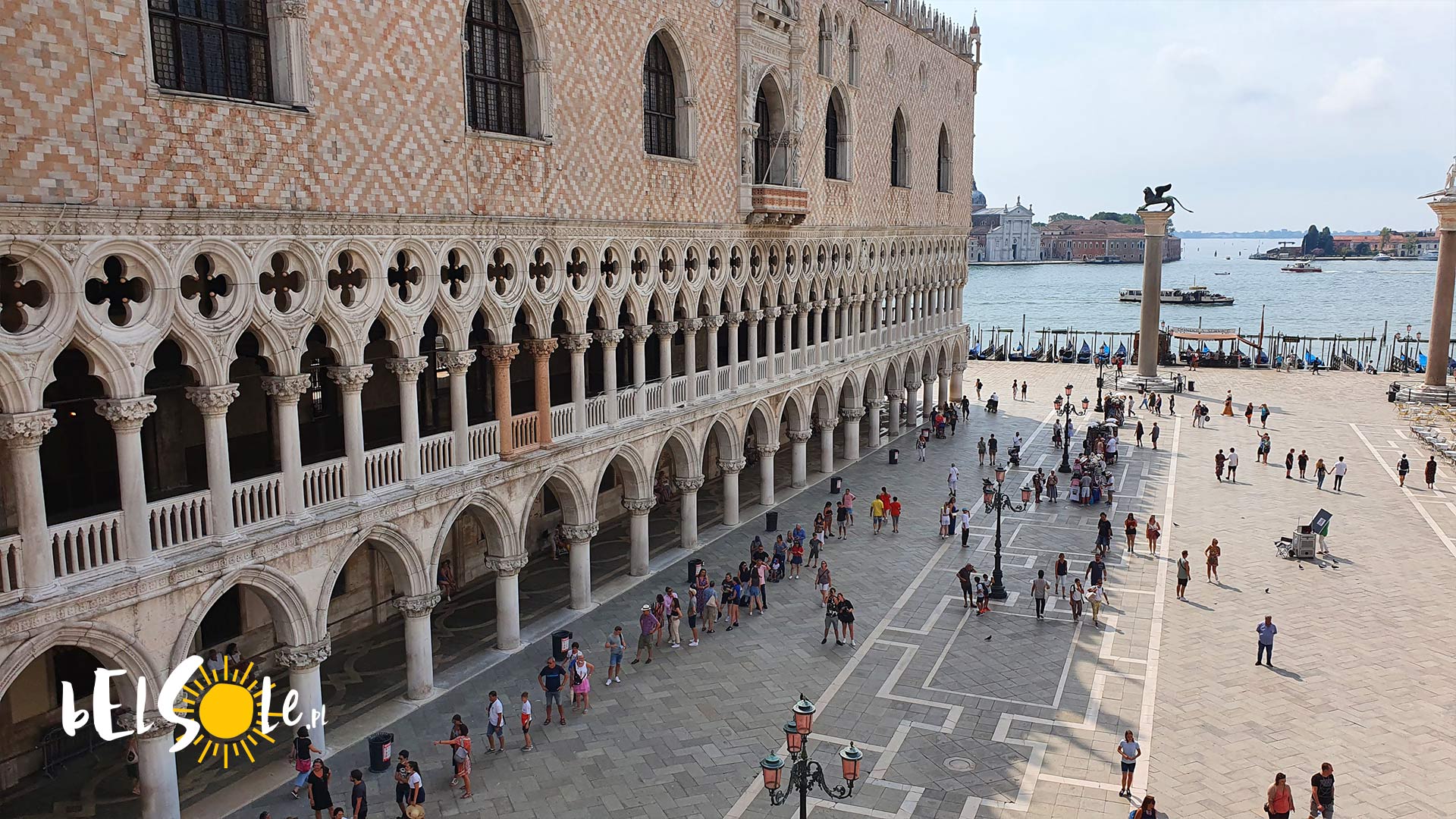
Next on the list is the Palazzo Ducale, one of the most impressive buildings in the city. The palace was built in 1340, in Venetian Gothic style, atop the previous dilapidated defensive buildings. As you can guess from the name, it used to be the residence of the Doge, a title given to the ruler of Venice in the past. Today, it acts as a museum and a grand sight on St Mark’s Square. It has a wonderful Renaissance courtyard enclosed by St Mark’s Basilica.
St Mark’s Square
The main square in Venice
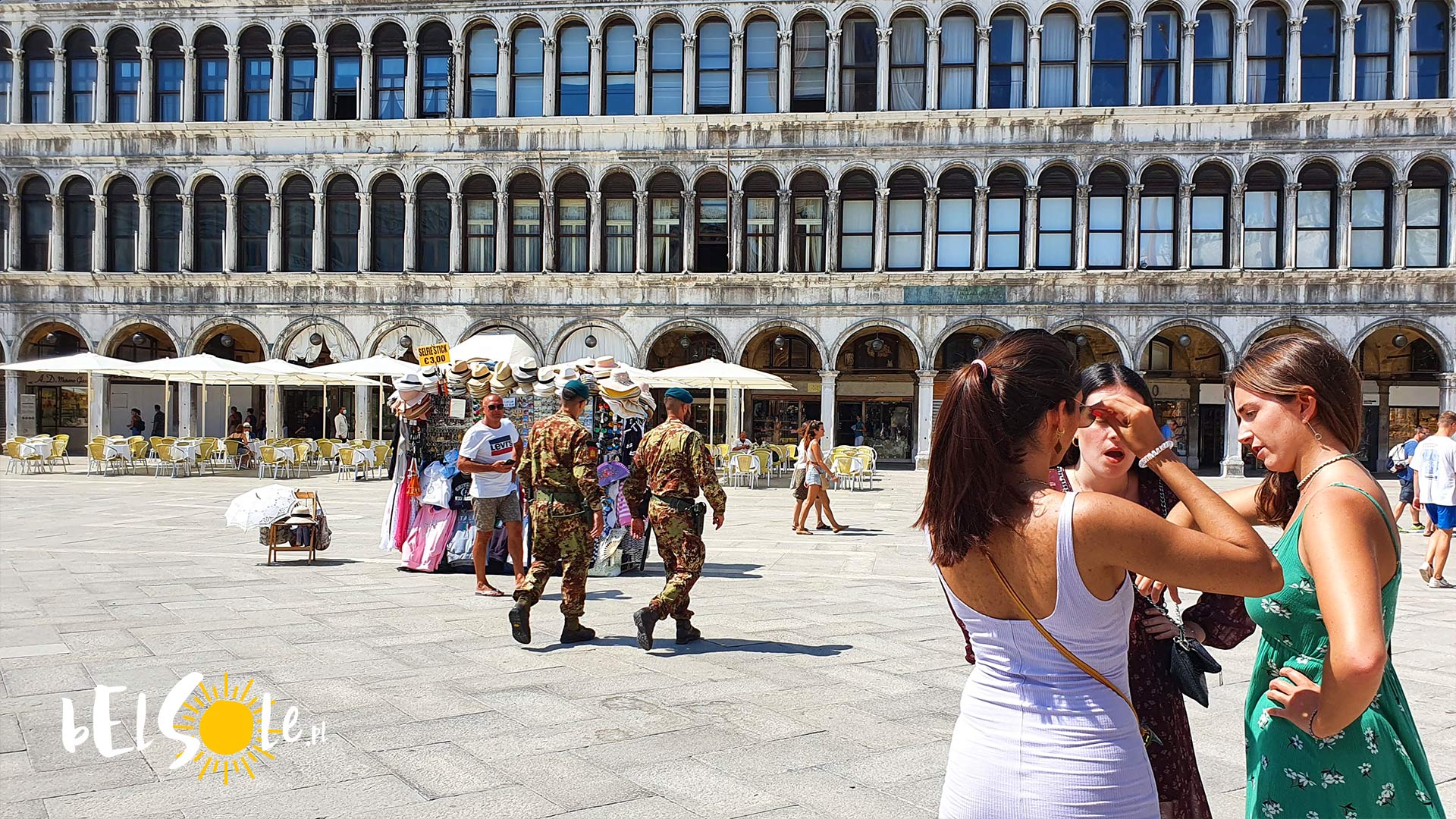
To visit the Doge’s Palace, you’ll have to go through Venice’s main square – St Mark’s Square. You may have heard that Napoleon supposedly called this square ‘Europe’s finest drawing room’ (though there’s no good evidence for it in reality). On its sides, you’ll find the aforementioned Doge’s Palace, the old and new Procuracies (the walls of buildings surrounding the square) and the Basilica. The Ala Napoleonica wing, added later, houses museums and the lovely Caffe Florian.
The best way to get to St Mark’s Square is via the water bus line 1 or 2 from the main station (or just take a stroll there).
Torre dell’Orologio
The clock tower in Venice
Another thing you’ll find on St Mark’s Square, next to the Basilica. The clock is richly decorated, showing the phases of the moon and the signs of the zodiac. It was built at the very end of the 15th century. At the very top, you’ll find the familiar Lion of Saint Mark, the symbol of Venice, and two statues of “Moors” with a bell.
St Mark’s Basilica
The main temple in Venice
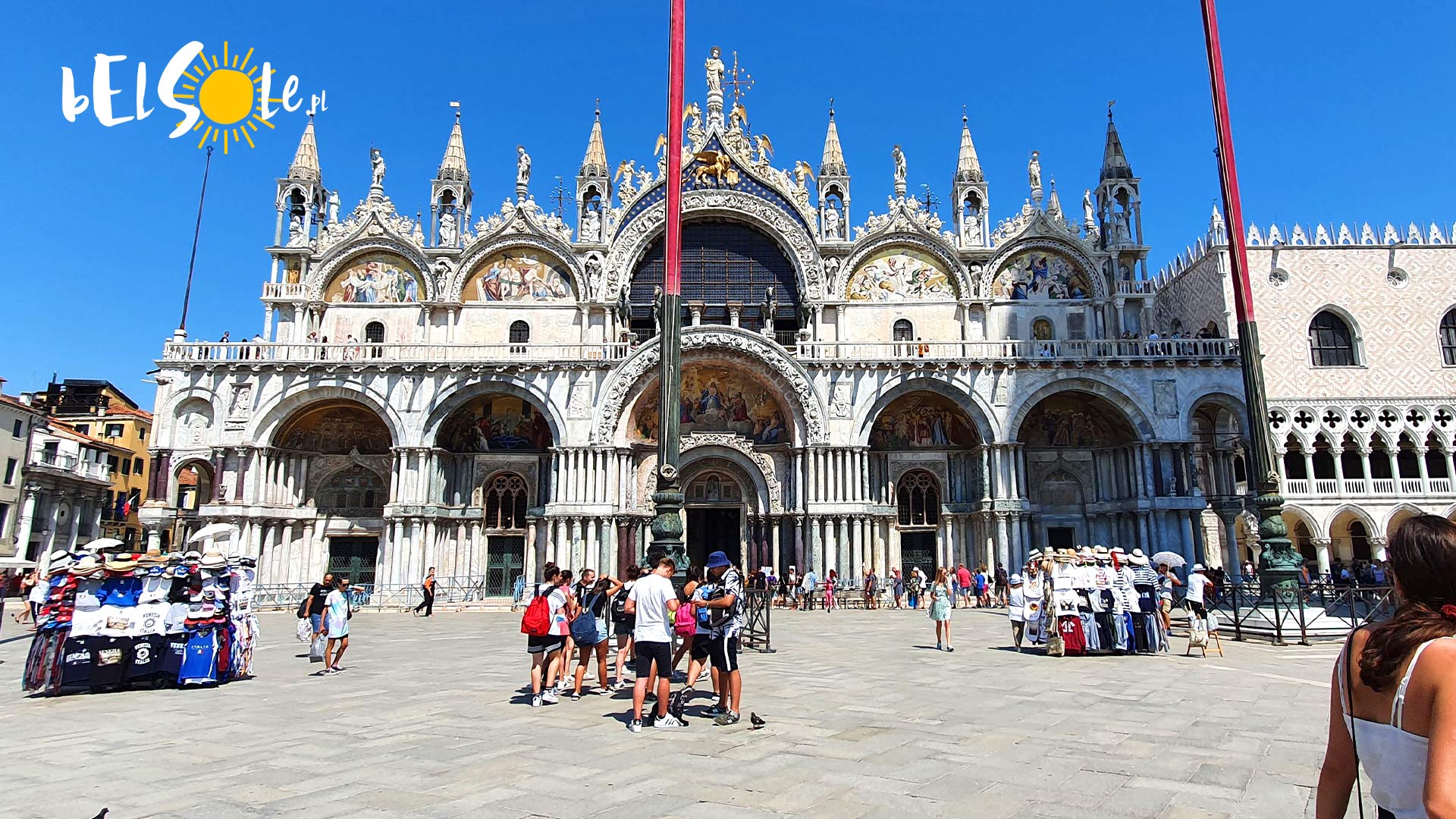
An absolute must-see on St Mark’s Square is, of course, St Mark’s Basilica, one of the most famous temples in Italy. It’s one of the most famous examples of Italian-Byzantine architecture. It was built after the remains of St Mark were brought to Venice from Constantinople. Today, it’s also known as the Golden Church – step inside, and you’ll know what we mean right away. You can read more about the Basilica itself and entry costs here.
Campanile, or St Mark’s Bell Tower
Tower of Venice
What else can you see in Venice? Invariably, the Campanile, another landmark on St Mark’s Square. St Mark’s Campanile is a massive tower in the centre of the city, originally a watchtower. The one you can see today is, sadly, a reconstruction – the original one collapsed in 1902. The total height is at 98.6 metres (323 feet), easily making it the tallest building in Venice. At the top, you may (with good enough eyesight) see the statue of archangel Gabriel protecting the city.
If you want to go up the tower, you can, though you’ll have to pay €12 for a lift. You can find the tickets here.
Libreria Acqua Alta
Bookshop in Venice
If you’re looking for an unusual place in Venice, you’ll certainly find it in Libreria Acqua Alta. It’s a small, yet immensely chaotic bookshop with a fascinating decor – you can find stairs made of old books and a gondola acting as a bookshelf. We highly recommend it! It’s located at C. Longa Santa Maria Formosa, 5176b, 30122 Venezia.
Lido
Beaches in Venice
Yes, there are beaches in Venice – you’ll find them on the nearby island of Lido. If you’re interested, then you can find water bus lines which will take you directly there. The beaches here are really wide and sandy and the area is full of clubs, restaurants and cafes. You’ll also find all the equipment you could possibly need here too. Do expect the beaches to be very crowded in the high season, though.
Murano and Burano
Islands near Venice

If you’re visiting Venice, then it’s also a great idea to explore the area around it. You’ll find two wonderful islands nearby – Burano and Murano. Burano is full of colourful fishermen’s houses and restaurants serving great seafood. Murano is more densely populated and best known for its glass.
Getting to either is no problem from Venice, you can just use the buses or ferries roaming around.
Rialto Bridge
The famous bridge over the Canal Grande
This one likely needs no introduction, as the Rialto Bridge is the most famous bridge of Venice. You can either take a walk there from St Mark’s square or take a bus line through the Grand Canal to go under it. It started as a pontoon bridge nearly a thousand years ago – for a while it was actually a wooden bridge, though it collapsed (twice) and had to be rebuilt.
As you may imagine, it’s also full of tourists, given that it’s a famous site in Venice and it’s one of the few crossings you have. If you want to learn more about the Rialto Bridge, check out our separate post on it here.
Basilica di Santa Maria della Salute
or just Salute

The second basilica on our list is as much of a must-see as the previous one. It’s a symmetrical temple consecrated in 1681 – it’s much younger in comparison with St Mark’s. It was actually built after a plague ravaged the city, as a plea to Our Lady of Health to help the locals in these awful times. As such, you may see lots of references to the plague on the art pieces inside. You can either take a bus to the marina right in front of the temple or get there by foot, via the Ponte dell’Accademia. Entry is free.
The Grand Canal
What to visit in Venice?
This is the main and the most famous canal in Venice. Departing on a cruise from the main station, you’ll pass Ca’d’Oro, the Rialto Bridge, the Salute and, finally, arrive at St Mark’s Square. The canal is 2.4 miles long and has townhouses from various eras lined alongside its entire length. Bus lines 1 and 2 go through the Grand Canal, so take a cruise to admire the beauty of Venice as it was intended.
Venetian Arsenal
What to see in Venice?
The Arsenal in Venice is the world’s most famous shipyard. It began operation in 1104 and quickly became absolutely massive in scale – about fifteen percent of Venice’s total size was occupied by the Arsenal and it could pump out a ship a day by the 16th century. Sadly, the building itself is not available for the public, but there is a Naval Historical Museum available nearby. The Arsenal is also home to the famous Venice Biennale.
Ponte dell’Accademia
and the gallery, of course

This spot on the map of Venice is known for its beautiful view of the basilica. The Ponte dell’Accademia is a wooden bridge situated right next to the Gallerie dell’Accademia. The gallery itself houses the largest collection of Venetian paintings in the world, including 37 rooms filled with works by painters such as Titian and Giorgione.
It’s open from 8:15am to 2pm on Mondays and from 8:15am to 7:15pm throughout the rest of the week. A ticket costs €15 (or €2 for a reduced one).
Water buses in Venice
A form of transport and a cruise at the same time

The cheapest way (apart from walking) to get around Venice is to use the vaporetti – water buses. You can buy your tickets online or at the ticket machine on site. The best lines for the main attractions of Venice are line 1 and 2, as they get you to St Mark’s Square. There are also lines which will get you directly to Lido, if you want to explore that too. You can read our guide on water buses in Venice here.
See also:


